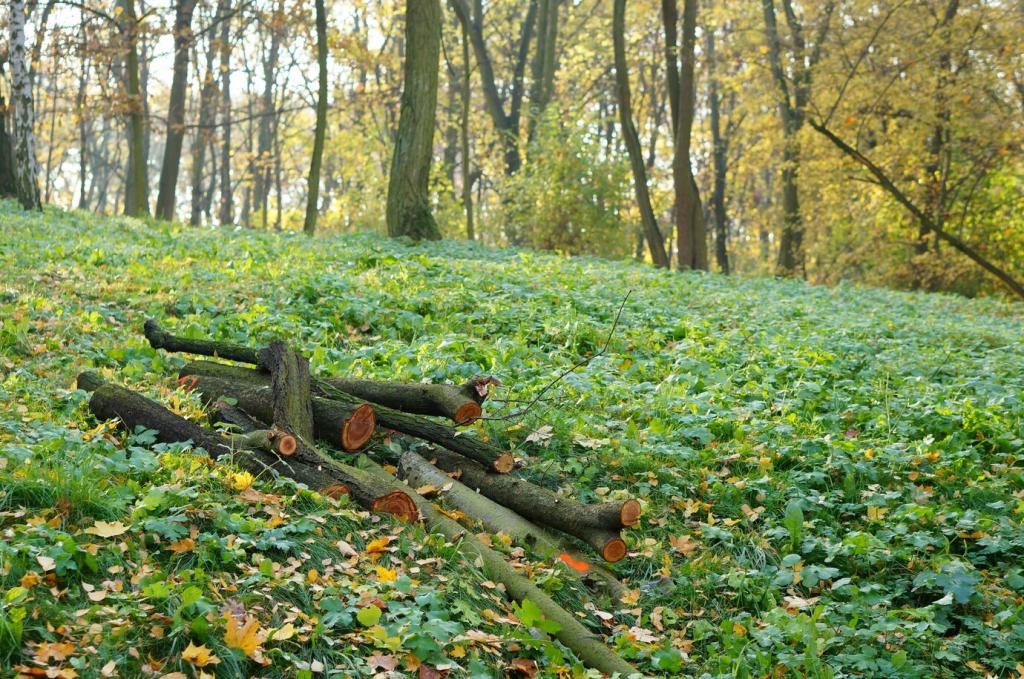
Skyward Guardians: Drone Monitoring in Forest Conservation
Chosen theme: Drone Monitoring in Forest Conservation. Meet the forest’s new vantage point—nimble drones that reveal patterns of health, risk, and recovery from above. Explore stories, field-tested techniques, and data-driven insights, and join our community to protect wild places with smarter, safer, science-backed flight.
Why Drones Matter for Forests Today
Extending Ranger Reach
A single drone flight can scan valleys that would take a patrol days to cross, spotting skid trails, fresh clearings, and smoke plumes. By guiding boots to the right place and time, drones reduce risk, save fuel, and keep more eyes focused on the most critical edges.
From Footpaths to Flightpaths
Traditional transects miss patterns spread across hillsides. With careful flight planning and overlapping imagery, drones produce continuous, high-resolution coverage. The result is a shared map that aligns ecologists, rangers, and community monitors around the same reality, not scattered notes.
A Field Anecdote: Asha’s Dawn Flight
At sunrise in a Sal forest, ranger Asha launched a multirotor to verify a rumor. Thermal signatures flickered near a remote boundary. Within hours, a team intercepted illegal activity, and the community committee documented evidence that later helped secure a fairer patrol rotation.
Choosing the Right Drone and Sensors
Multirotors excel at tight hover work under uneven canopy gaps, with precise takeoffs in small clearings. Fixed-wings cover huge areas efficiently with longer endurance, but need safer launch corridors. Many programs blend both, planning multirotors for hotspots and fixed-wings for landscape sweeps.

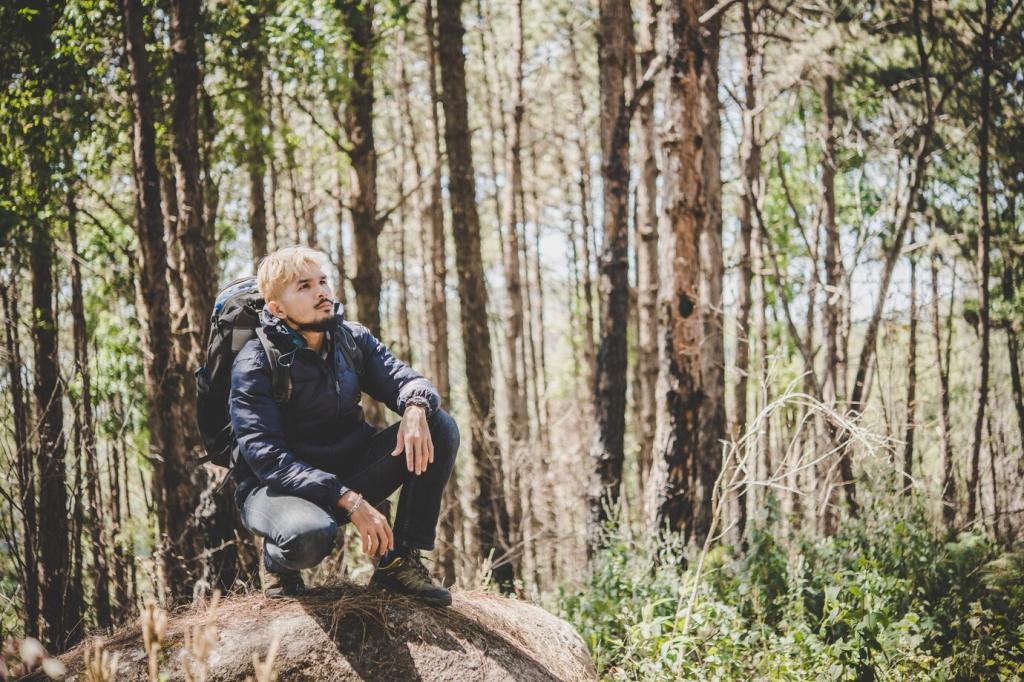
Choosing the Right Drone and Sensors
Thermal cameras pick up smoldering peat or sun-warmed wildlife, while multispectral sensors quantify plant stress through indices like NDVI. Combining true color, thermal, and multispectral layers helps teams separate seasonal browning from disease, and smoke from morning mist with greater confidence.
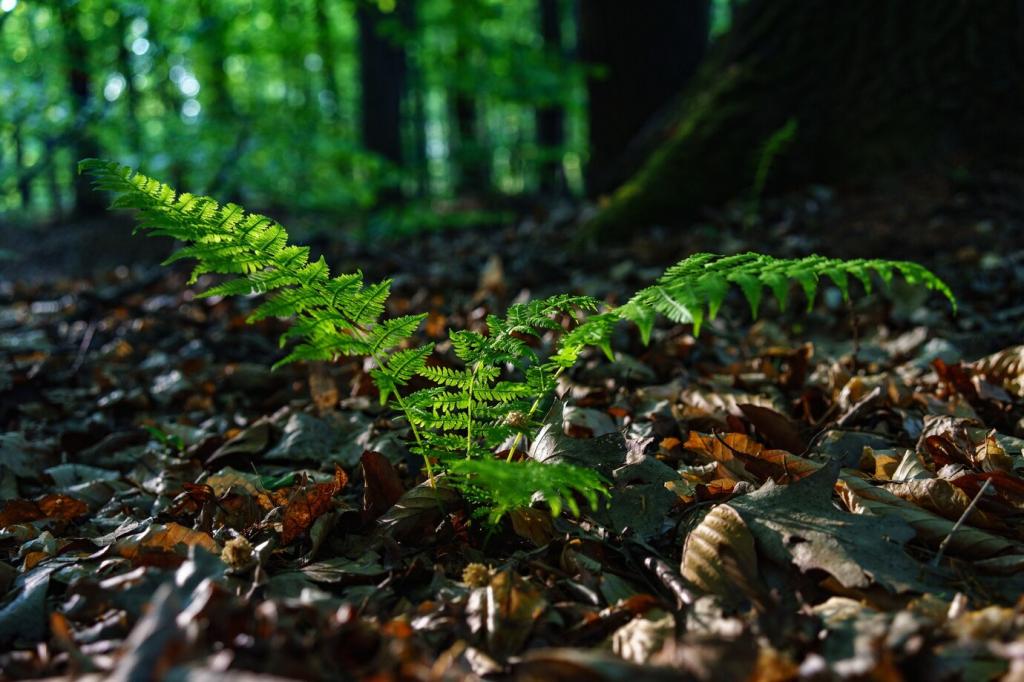



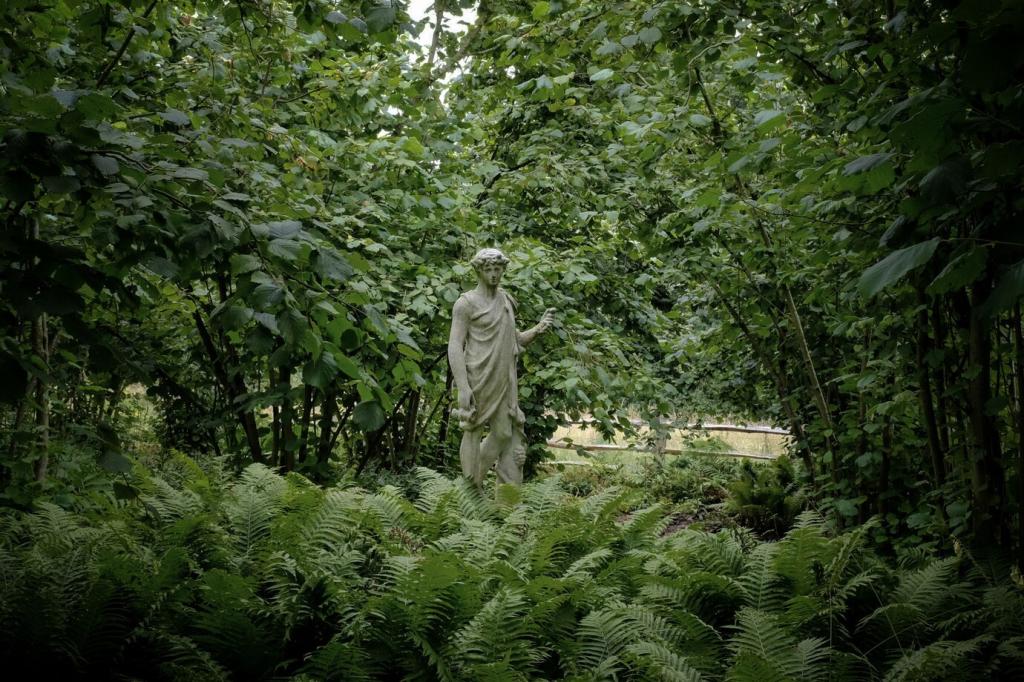
Wildlife, Canopies, and Carbon: Monitoring What Counts
Flying higher with quieter props and short observation windows reduces stress on nesting birds and primates. Trained observers validate detections on sample plots, then scale up counts with careful extrapolation, producing population trends that guide protection without invasive tagging or noisy ground teams.
Wildlife, Canopies, and Carbon: Monitoring What Counts
Multispectral patterns reveal early water stress long before leaves brown. Managers can adjust firebreaks, target assisted regeneration, or trigger temporary grazing closures. Small, preventative actions informed by timely flights often cost less than emergency responses after a crisis spirals.
Avoid flights over homes and cultural sites, blur sensitive areas in shared products, and communicate exactly what is collected, stored, and deleted. Consent posters, village briefings, and feedback channels make aerial work feel participatory, not intrusive or secretive.
Ethics, Safety, and Community Consent
Preflight checks, visual observers, and conservative altitude buffers prevent collisions with emergent crowns and tall snags. Respect legal ceilings, maintain line-of-sight, and set return-to-home profiles that clear the canopy. Safety builds credibility, and credibility keeps programs operating.
Ethics, Safety, and Community Consent
Field Logistics: Weather, Terrain, and Permits
Carry silica gel, lens cloths, and waterproof cases. Watch wind layers, not just ground gusts, and schedule sorties for cooler hours to preserve battery health. A ten-minute weather window can deliver more value than an hour fighting thermals and drizzle.
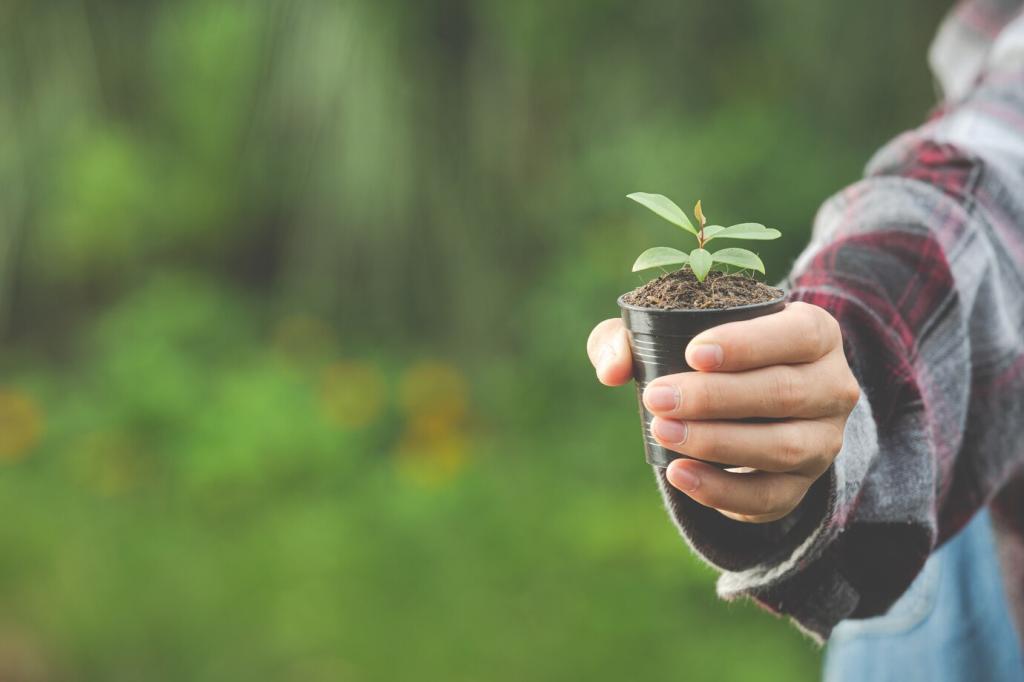
Learn, Share, and Contribute
Build Your Skills with Open Resources
Start with free tutorials on flight planning, photogrammetry, and basic scripting for data cleanup. Subscribe to our newsletter for weekly field notes, checklists, and case studies that translate complex concepts into clear steps you can apply on your next mission.
Join the Conversation
Have a favorite mapping trick or a hard lesson learned after a windy landing? Share it in the comments so others benefit. Ask questions, challenge assumptions, and help us refine safe, ethical norms for drone monitoring in forests worldwide.
Citizen Science From Your Backyard
Even without a drone, you can label canopy gaps, verify trail conditions, or help analyze fire scars in open datasets. Pledge a few minutes each week, invite a friend, and watch small contributions add up to real conservation impact.
